Description
Lanthanides, a series of 15 chemically similar elements, are located in the f-block of the periodic table, spanning from lanthanum (La) to lutetium (Lu). These elements are often collectively known as “rare earth metals,” although they are not particularly rare in the Earth’s crust. What distinguishes lanthanides is their shared property of having electrons in the 4f orbital, which influences their chemical behavior and physical properties.
Lanthanides are known for their high magnetic susceptibility and unique optical properties, such as the ability to emit different colors when excited, making them valuable in various technological applications. They are widely used in the manufacturing of electronic devices, such as smartphones, televisions, and lasers, due to their ability to produce specific colors and their magnetic properties. For example, europium and terbium are used in color television and computer screens, neodymium in high-strength permanent magnets, and gadolinium in MRI contrast agents.
Despite their similarities, each lanthanide has distinct properties. They generally have high melting points, are typically soft, and have a silver-like appearance. Chemically, lanthanides are reactive, especially when finely divided or at high temperatures, reacting with both air and water.
One of the challenges in working with lanthanides is separating them from each other due to their similar chemical properties. This is typically done using solvent extraction or ion-exchange techniques, which can be complex and costly. Their widespread use in modern technology, coupled with the difficulty in extracting and refining them, makes these elements strategically important, and much research is focused on finding efficient ways to recycle them from electronic waste. The lanthanides, with their unique electronic, magnetic, and optical properties, are vital to a wide array of modern technologies and scientific research.
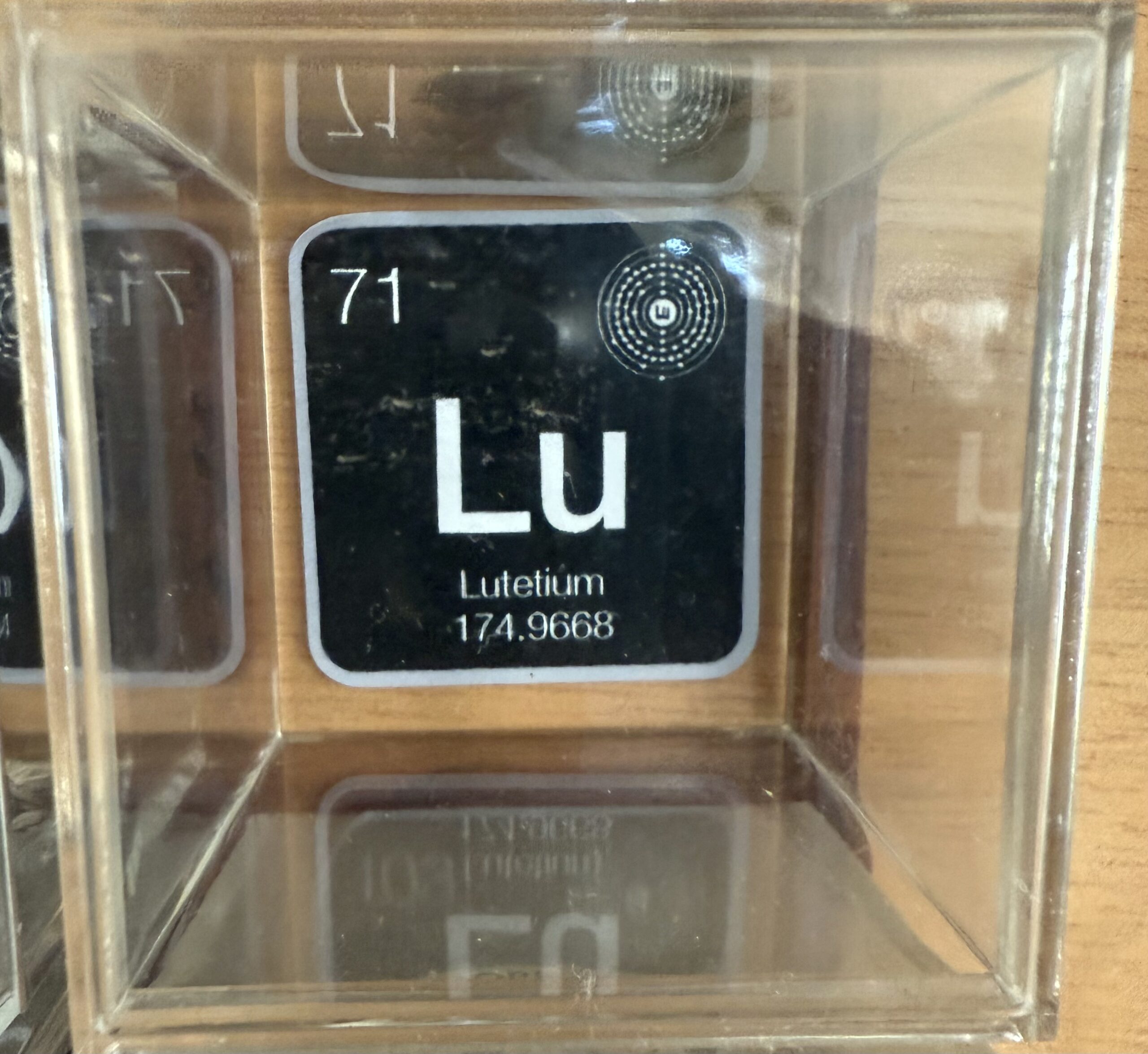
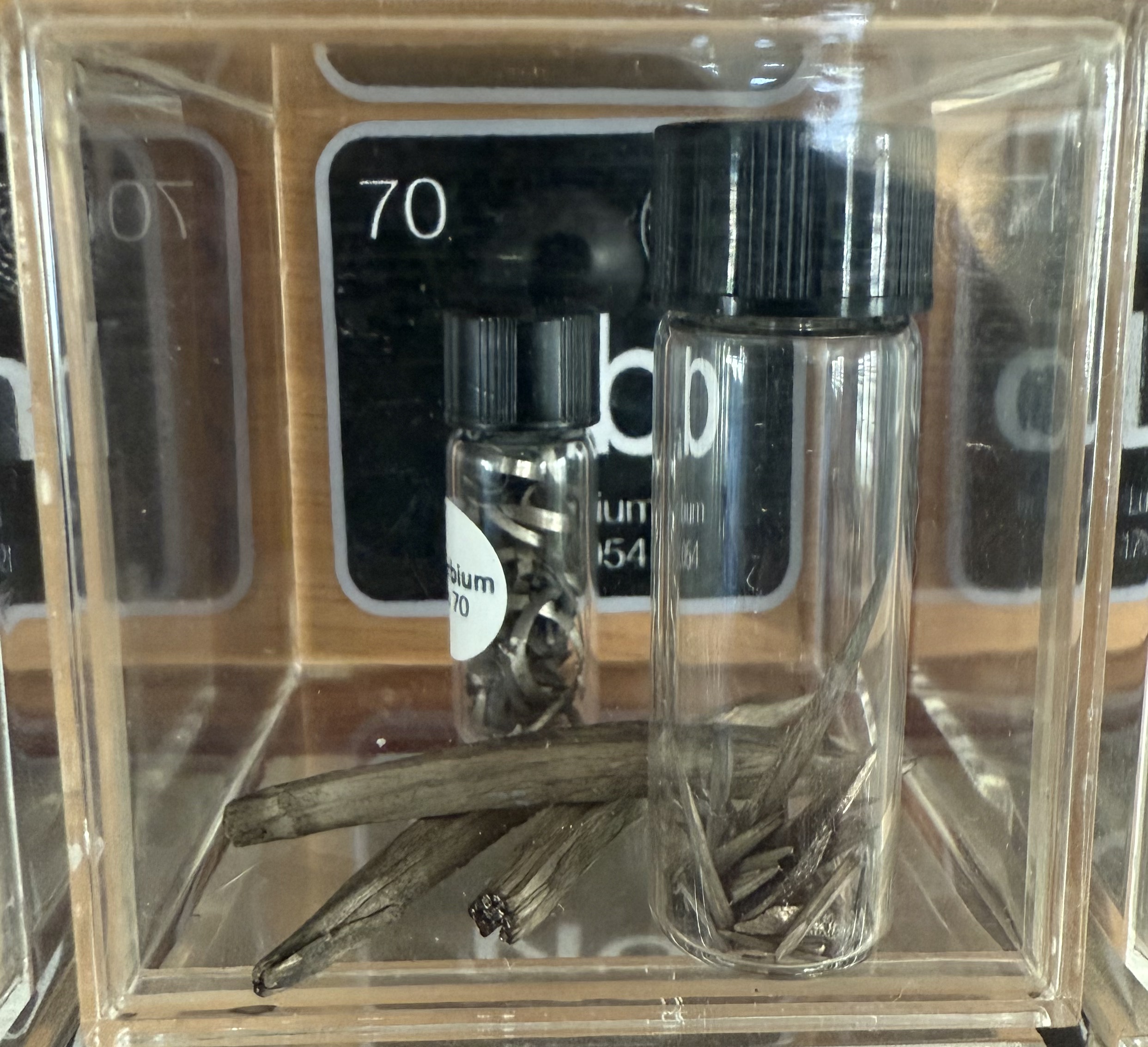
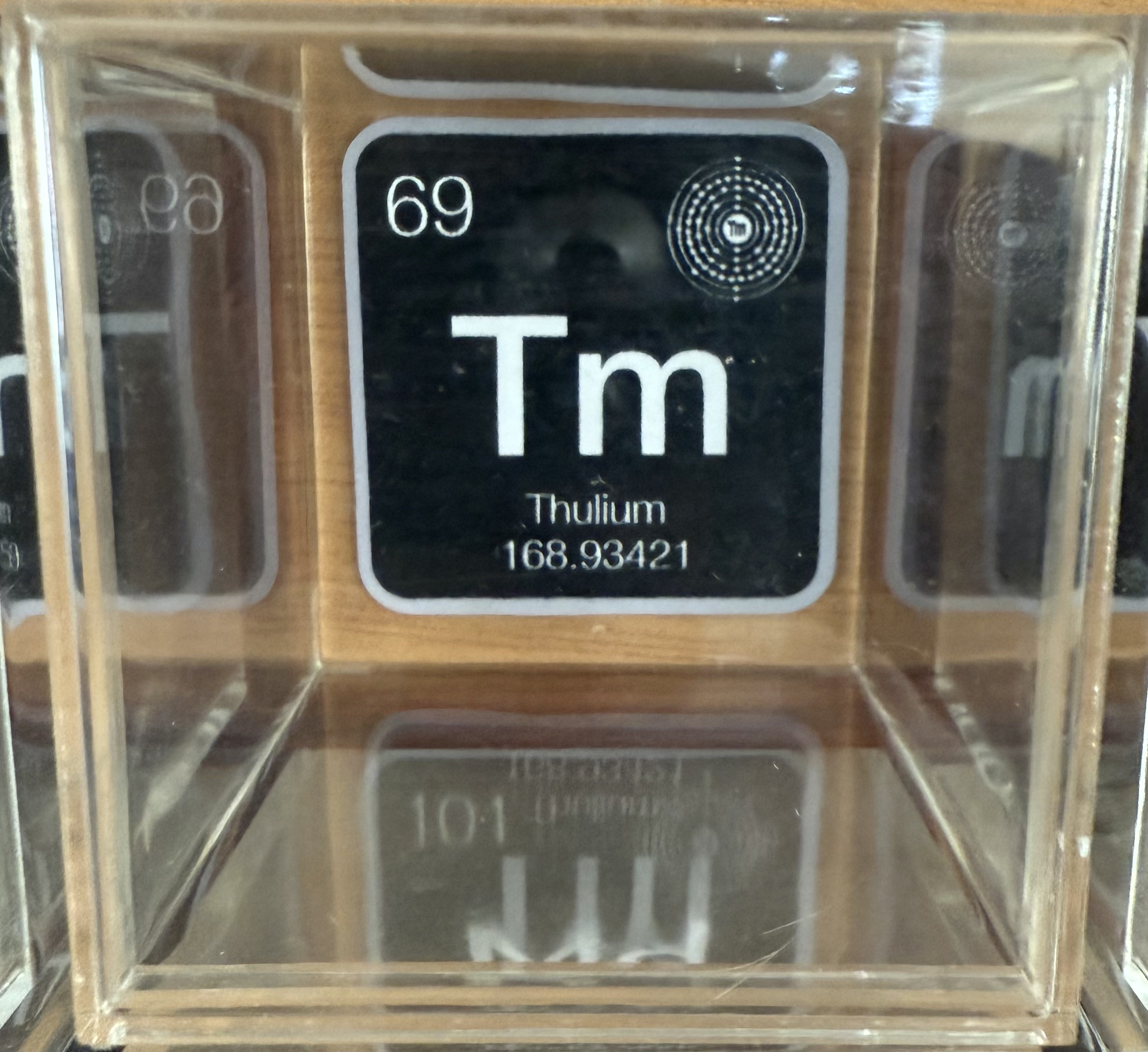

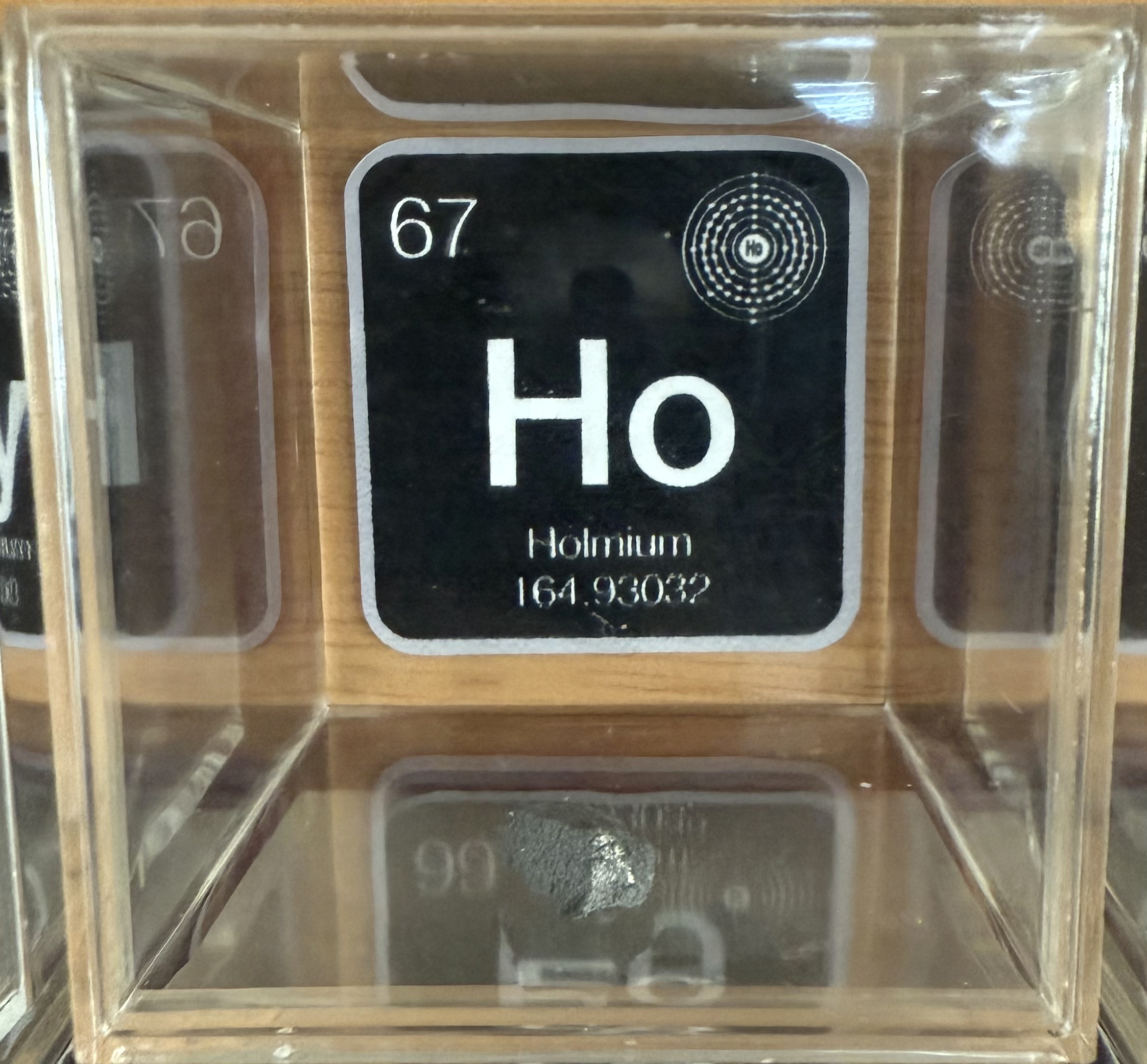

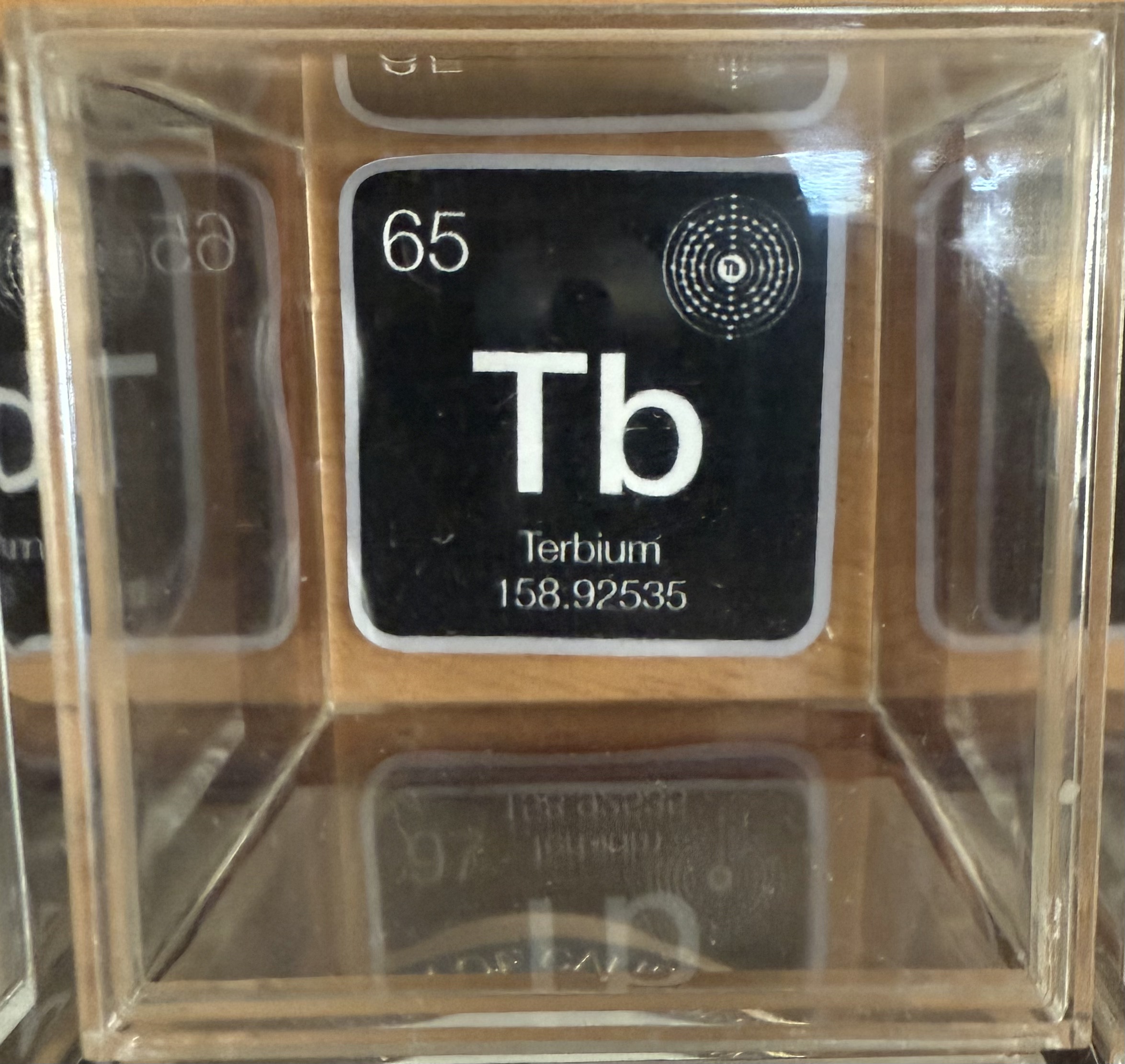

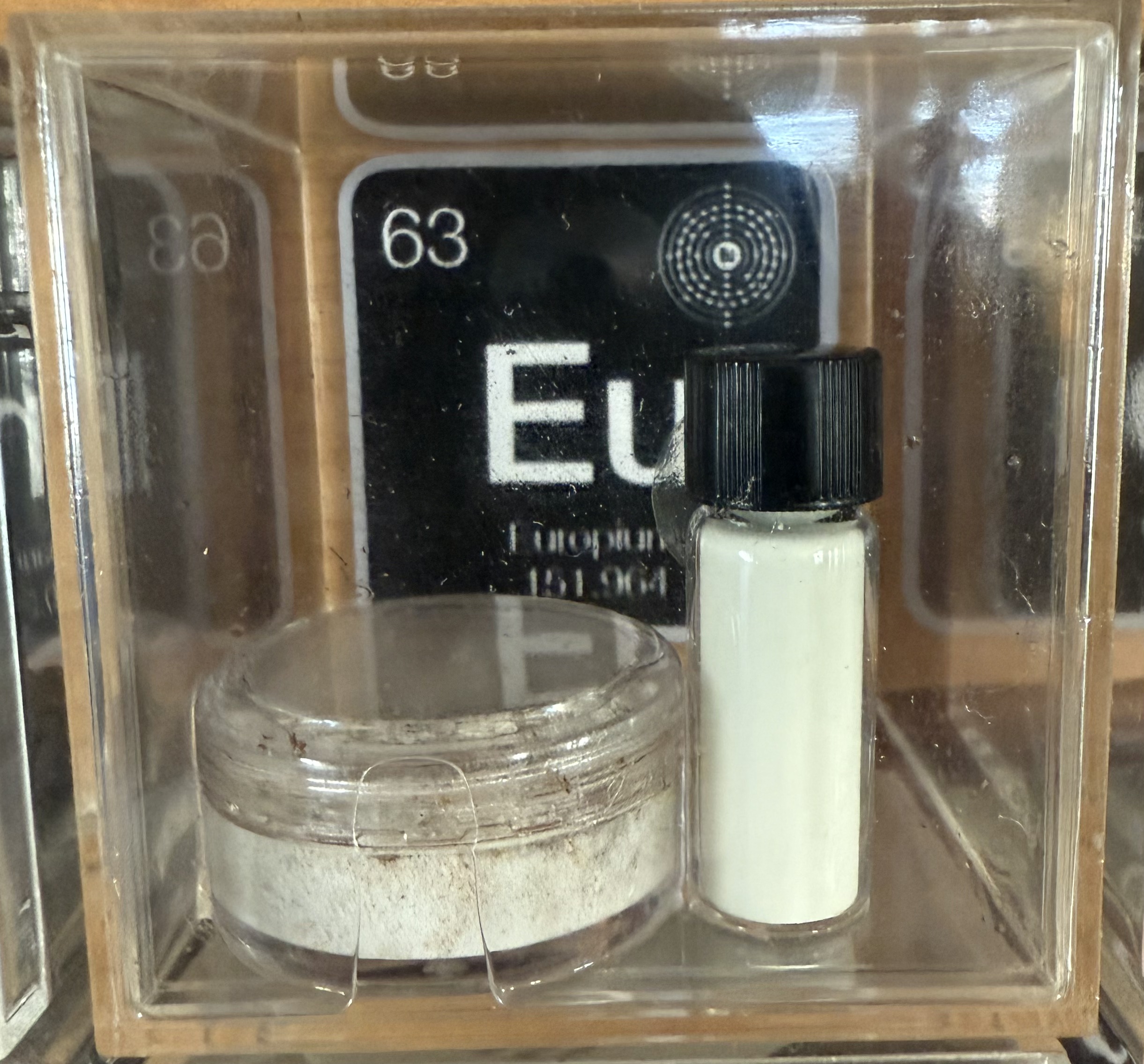
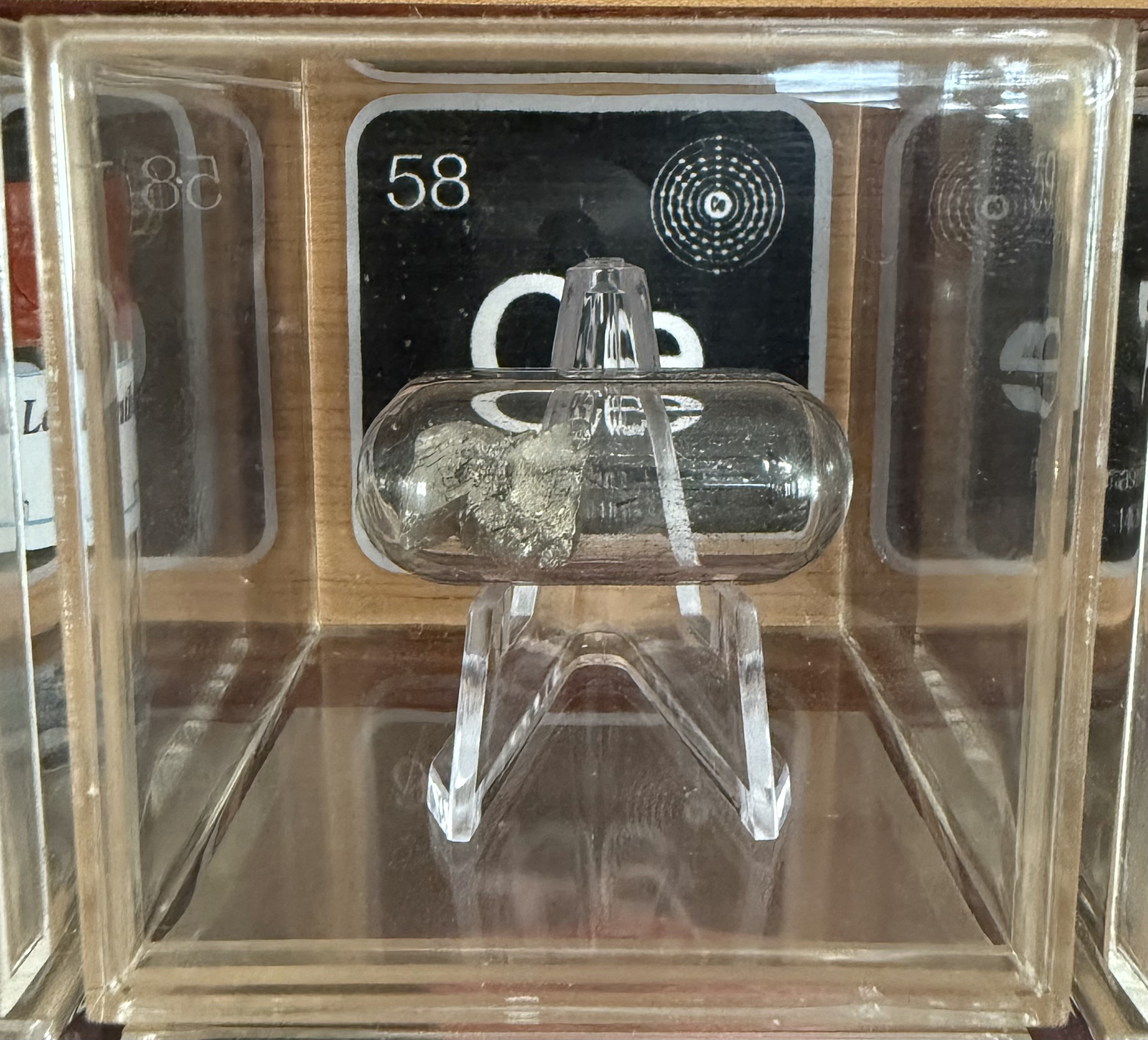
 using WordPress and
using WordPress and